1. Tiny Homes as Mainstream Housing
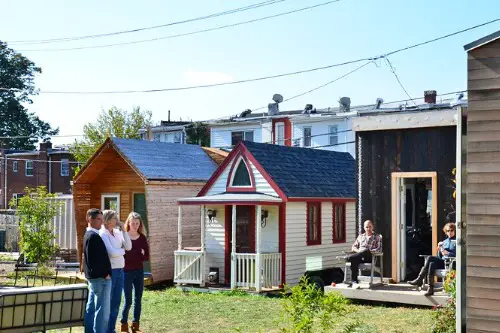
According to Autonomous, tiny homes will continue to gain popularity, offering a minimalist approach to living that emphasizes quality over quantity. These compact, efficient homes will appeal to people looking to downsize, live more sustainably, or simply embrace a simpler lifestyle. By 2030, tiny homes could become a viable option for single people or even small families, offering everything needed in a highly functional and affordable package. With the rise in land costs, tiny homes can also offer a way to live close to urban centers without the high price tag.
The beauty of tiny homes lies in their efficiency and sustainability. They are cheaper to build and maintain, often use sustainable materials, and promote a more environmentally friendly lifestyle. Tiny homes also give owners the freedom to live on less while still having access to the things they need. This trend will align with the broader movement toward minimalism and sustainability, offering a fresh take on homeownership.
2. The Popularity of Home Offices
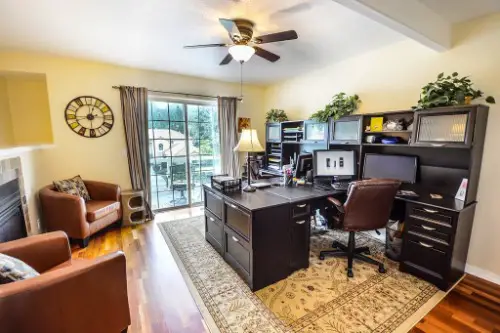
With remote work becoming more common, home offices will be a must-have feature in nearly every home by 2030. What began as a temporary adjustment during the pandemic is now a long-term shift in how we work, CBS News explains. Home offices will evolve from makeshift spaces to fully designed rooms that cater to productivity and comfort. Expect more homes to feature soundproof rooms, built-in shelves, and ergonomic furniture tailored for professional use.
Not only will home offices become standard, but they will also influence how homes are structured. Open floor plans will become more segmented to accommodate distinct work areas. Additionally, technological advancements will ensure that home offices are equipped with high-speed internet and the latest video conferencing tools. This shift will reshape home designs to prioritize functionality for work-life balance.
3. Smart Homes Everywhere
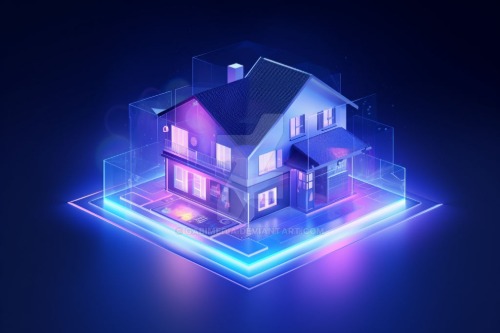
By 2030, smart homes won’t just be a luxury; they’ll be the norm. With advancements in AI and IoT, homes will become fully integrated systems, allowing us to control everything from lighting to security with voice commands or apps. People will want their homes to be more efficient, and automation will be key to reducing energy costs and increasing convenience. As technology becomes cheaper, features like temperature regulation, security, and appliance management will be seamlessly built into every home, GVS Smart predicts.
What’s exciting is that smart homes will also play a big role in sustainability. With sensors and data-driven devices, homes will be able to monitor and adjust energy use, reducing waste. This means we’ll see more eco-friendly solutions integrated into design, from solar panels to energy-efficient windows. The future home will be all about making life easier while being kinder to the environment.
4. Co-Living Spaces for Young Adults
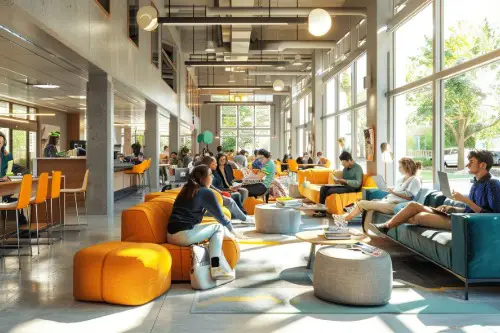
Co-living is set to become a mainstream solution for young adults seeking affordable housing, according to HOMA. These shared spaces allow people to live in higher-quality homes without the financial burden of renting or buying alone. As housing costs continue to rise, many will turn to co-living arrangements, where residents share amenities and resources but maintain privacy in their individual rooms. This trend is already growing in cities like New York and San Francisco, but by 2030, it’ll spread to smaller urban areas too.
Co-living offers more than just affordability; it’s also about fostering community. Younger generations are increasingly seeking connections and experiences, and co-living facilitates this with shared common areas and social events. These spaces are designed to be more than just places to sleep—they’re meant to inspire collaboration and a sense of belonging. As remote work grows, co-living will be an attractive option for those who crave flexibility and companionship.
5. Sustainable Housing Materials
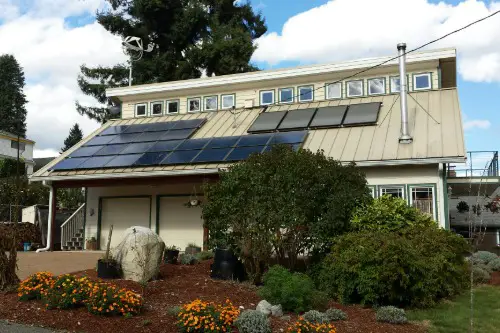
By 2030, sustainable materials will no longer be a niche feature but the standard in home construction, Earth.org explains. From recycled steel to bamboo floors, eco-friendly materials will dominate the housing market. Homebuyers and builders alike will demand greener options, pushing manufacturers to innovate and make sustainable materials more accessible. Not only will this shift help reduce carbon footprints, but it will also make homes more durable and energy-efficient in the long run.
These materials will also be an essential part of addressing climate change in housing. With the growing awareness of environmental impacts, sustainable design will go hand in hand with energy-efficient technologies. By 2030, we’ll likely see entire neighborhoods built with sustainable principles at their core. It’s not just about the aesthetics; it’s about creating homes that stand the test of time in the face of environmental challenges.
6. Modular Homes Will Be Mainstream

The popularity of modular homes is expected to skyrocket by 2030. These homes, which are prefabricated in factories and then assembled on-site, offer speed, affordability, and flexibility. As construction costs rise and the demand for affordable housing grows, modular homes provide a fast, efficient solution without compromising on design. Their adaptability means they can be customized to fit the needs of any family, from single-person apartments to larger multi-bedroom units.
What’s more, modular homes are designed to be more sustainable than traditional builds. With reduced waste during the construction process and better insulation, these homes are energy-efficient. By 2030, modular housing could play a pivotal role in solving the affordable housing crisis, especially in urban areas where space is limited. As the industry scales up, expect these homes to become more stylish and even luxury-focused.
7. More Mixed-Use Developments

Cities will see a rise in mixed-use developments that combine residential, commercial, and recreational spaces. The goal is to create self-contained communities where people can live, work, and play without having to travel far. As remote work continues to shape how we live, there will be a growing demand for spaces that cater to this new lifestyle. Imagine living in a building where you can grab coffee, work, and then unwind with neighbors—all in the same location.
This trend isn’t just about convenience; it’s about reducing our carbon footprints too. With mixed-use developments, people will rely less on cars, reducing traffic and pollution. These spaces will also foster a sense of community, where everything is within walking distance. Expect this trend to thrive as we continue to prioritize sustainability and connectivity in urban planning.
8. The Rise of Urban Suburbs
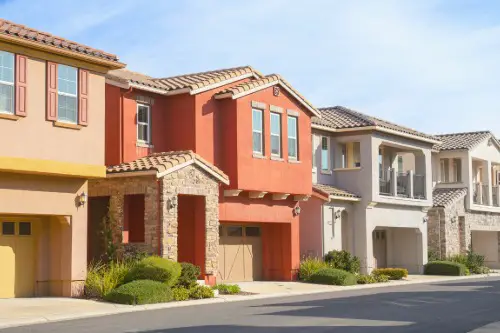
The urban-suburb hybrid is a trend that’s gaining traction and is expected to fully blossom by 2030. These areas are strategically located on the outskirts of major cities, offering the best of both worlds: proximity to city centers and the peace of suburban life. As housing prices within cities continue to climb, more families will turn to these “urban suburbs” for affordable, spacious homes. They’ll benefit from the amenities of the city but enjoy a quieter, less congested environment.
The appeal of urban suburbs is rooted in the search for balance. With more people seeking larger homes with yards and greater access to nature, suburban living offers the space needed to grow without being too far from work or entertainment. By 2030, many of these urban-suburb zones will be fully developed, complete with schools, parks, and restaurants, offering a perfect mix of city and country. It’s a trend driven by both affordability and lifestyle.
9. Multi-Generational Living

Multi-generational living will continue to rise, especially as the cost of housing and childcare increases. Families are embracing shared living spaces to better manage finances and caregiving responsibilities. By 2030, we’ll see more homes built with separate living areas for different generations, allowing everyone to have their own space while still being together under one roof. This trend is a response to the high cost of housing and the need for more flexible family arrangements.
This trend also aligns with a cultural shift toward family togetherness. Many families are realizing the benefits of living in close proximity to one another, whether it’s for shared childcare, eldercare, or simply spending more time together. Homes will be designed to accommodate these needs, with private entrances, multiple kitchens, and spacious living areas. Multi-generational living will become a practical solution that also fosters stronger family bonds.
10. Increased Focus on Wellness Features
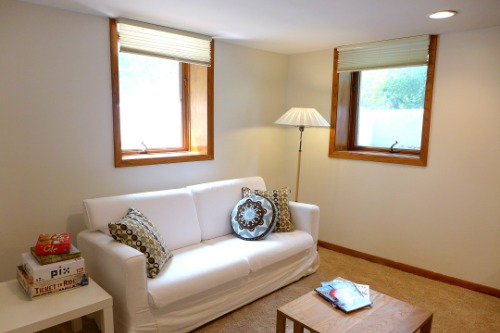
By 2030, wellness-focused design will become a huge part of the housing market. Homes will include features like air purifiers, circadian lighting, and home gyms designed to promote mental and physical well-being. After the pandemic, people are more focused than ever on the environments they live in, and health-conscious design will be a priority. From meditation rooms to advanced filtration systems, wellness features will be as essential as a kitchen or bathroom.
Homes will also be designed to improve mental health through natural light, open spaces, and biophilic design—bringing nature indoors. By 2030, homes will no longer just be places to sleep; they’ll be sanctuaries dedicated to maintaining a healthy lifestyle. This trend will reflect society’s growing desire to prioritize physical and mental health in all aspects of life. Homeowners will increasingly demand spaces that support their well-being, making wellness design a central element in future housing.
11. Virtual and Augmented Reality in Home Buying
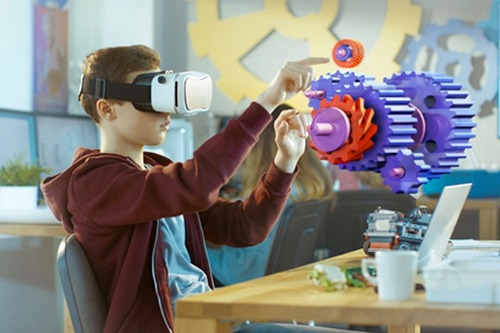
Buying a home will become more immersive and interactive with the rise of virtual and augmented reality technologies. By 2030, homebuyers will have the ability to take virtual tours or even “walk through” homes from anywhere in the world. Virtual staging will replace traditional photography, allowing buyers to envision a space with different furniture or layouts. These technologies will make house hunting more accessible, offering a more personalized and efficient experience.
For real estate professionals, this shift will offer new ways to engage with clients. Virtual reality will enable them to showcase multiple homes in a single day, without the need for physical visits. Augmented reality apps will allow prospective buyers to see potential changes or renovations in real-time. This trend will make the home-buying process faster and more intuitive, especially for younger, tech-savvy buyers.
12. Rental Market Growth
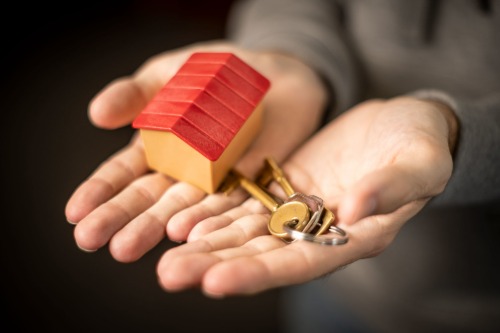
By 2030, the rental market will grow exponentially, driven by the increasing cost of homeownership and a shift in generational attitudes. Many millennials and Gen Z individuals will continue to rent, choosing flexibility and mobility over long-term commitment. As urban areas grow and housing prices rise, renting will be a practical solution for many, especially as remote work allows people to live in cities without being tied to a specific office. This means the demand for rental units, including apartments and single-family homes, will soar.
Renters will also see more options tailored to their lifestyles. From pet-friendly spaces to luxury amenities, rental properties will evolve to offer a broader range of choices. Rental companies will need to focus on providing high-quality, flexible living options to keep up with demand. By 2030, the rental market will likely surpass homeownership in some areas, as more people opt for the freedom that renting offers.


